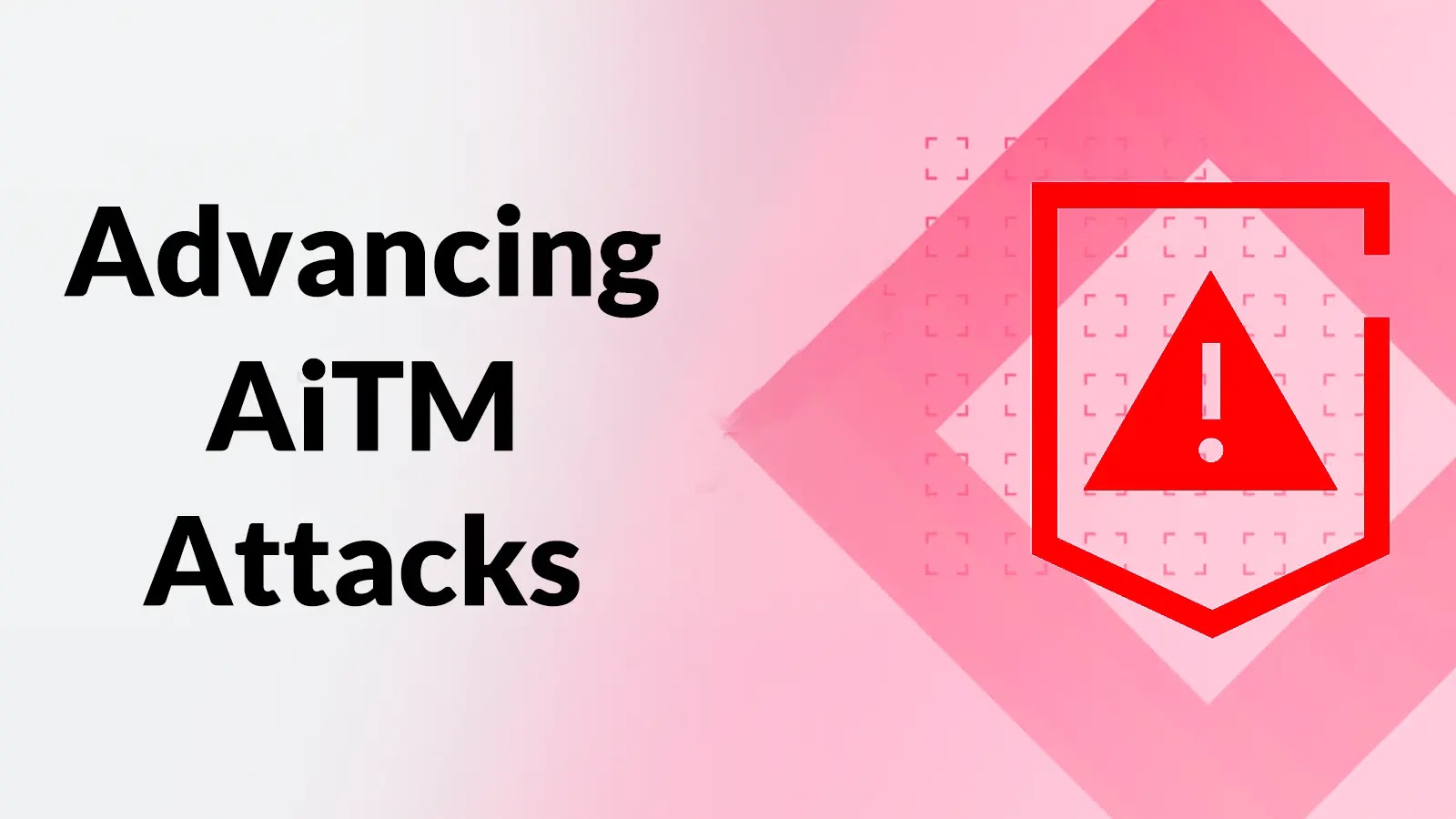In today’s interconnected world, smart televisions have become a staple in both homes and businesses, offering a plethora of features that enhance user experience. However, recent findings have unveiled significant security vulnerabilities within these devices, posing potential risks to entire network infrastructures.
Discovery of Vulnerabilities
CYFOX, a cybersecurity firm, has identified critical flaws in smart TVs that could allow malicious actors to disrupt network operations. This revelation emerged during the deployment of their OmniSec vCISO platform, an AI-driven security and compliance agent. Joseph Tal, CEO of CYFOX, emphasized the gravity of this discovery, stating, “Nothing proved the value of our technology more than the fact that it revealed the easy way someone could disrupt network operations by targeting those TVs.”
Scope of the Issue
Further analysis by CYFOX indicates that these vulnerabilities are not confined to a single manufacturer but are prevalent across various brands and models. This widespread issue suggests a fundamental flaw in how smart TVs manage TCP communication. The risk is particularly pronounced in environments lacking proper segmentation between Internet of Things (IoT) devices and critical networks.
Potential Risks and Impacts
The exploitation of these vulnerabilities could lead to several adverse scenarios:
– Unauthorized Access: Attackers could gain control over the TV’s functions, change channels, adjust volume, or play arbitrary media content.
– Privacy Breach: Sensitive information such as account credentials and personal data could be at risk if the TV is used to access online services.
– Network Intrusion: Since smart TVs are often connected to home networks, this vulnerability could serve as a gateway for attackers to compromise other devices on the same network.
Broader Implications
The discovery of these smart TV vulnerabilities underscores the growing importance of comprehensive cybersecurity measures in an increasingly connected world. As IoT devices become more prevalent in both home and business environments, the potential attack surface for malicious actors expands significantly.
Recommendations for Users
To mitigate the risks associated with smart TV vulnerabilities, users are advised to:
– Network Segmentation: Isolate the smart TV on a separate network segment to limit its interaction with other devices.
– Regular Monitoring: Keep an eye on any unusual activity on the TV or the network it is connected to.
– Vendor Updates: Follow manufacturers’ announcements for updates regarding vulnerabilities and apply patches as soon as they become available.
Conclusion
The revelation of these vulnerabilities serves as a wake-up call for both manufacturers and consumers. It highlights the need for improved security measures in smart TV design and emphasizes the importance of network segmentation and regular security audits in enterprise environments. As the cybersecurity landscape evolves, solutions like OmniSec vCISO demonstrate the power of AI-driven approaches in identifying and mitigating complex security threats. By leveraging advanced technologies, organizations can stay one step ahead of potential attackers and ensure the integrity of their networks, even in the face of unexpected vulnerabilities from seemingly innocuous devices like smart TVs.



